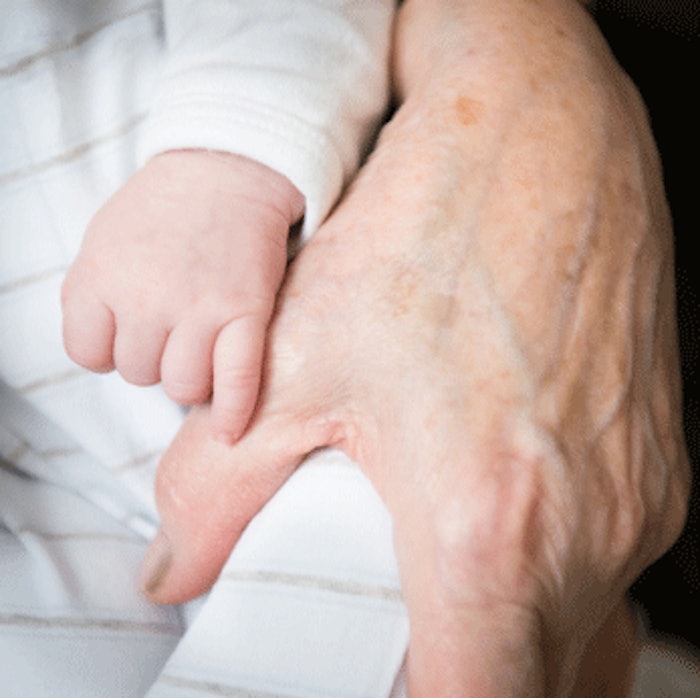
Two groups of scientists at the University of Texas (UT) Southwestern Children’s Medical Center Research Institute (CRI) have made discoveries that break new ground on efforts to turn back the body’s clock on cellular activity, paving the way for a better understanding of stem cells, tissue growth, and regeneration.
A team led by Sean Morrison, PhD, director of CRI and professor of pediatrics at UT Southwestern Medical Center, has identified an RNA-binding protein called IMP1 that promotes stem cell self-renewal during fetal development.
A second team of researchers, including Hao Zhu, MD, who also directs a lab at CRI and is an assistant professor of pediatrics and internal medicine at UT Southwestern, have shown that another RNA-binding protein, Lin28a, promotes tissue repair by reactivating a metabolic state reminiscent of the juvenile developmental stage.
Dr. Zhu’s research, published in Cell (November 7, 2013), showed that reactivation of Lin28a—a gene that is normally turned on in fetal but not adult tissues—substantially improved hair regrowth and accelerated tissue repair after ear and digit injuries. “Our work found that Lin28a promotes regeneration through a metabolic mechanism,” said Dr. Zhu. “This finding opens up an exciting possibility that metabolism could be modulated to improve tissue repair, whereby metabolic drugs could be employed to promote regeneration.”
Dr. Morrison’s investigation, published in the online journal eLife (November 2013), identified a set of genes including IMP1 that are turned on only within time-limited windows, and control developmental switches in stem cell properties between fetal development and adulthood.
IMP1 is turned off during late fetal development, partly as a consequence of increasing expression of a third family of RNA-binding molecules called let-7 microRNAs. Importantly, let-7 microRNAs are turned on during late fetal development in part due to declining expression of Lin28a.
Drs. Morrison and Zhu’s laboratories both studied molecules at different ends of the same pathway—one that regulates stem cell self-renewal and tissue regeneration by modulating the expression of a network of RNA-binding proteins.
“These results are interesting because let-7-regulated networks were first discovered based on their ability to regulate the timing of developmental transitions in worms,” said Dr. Morrison. “This earlier finding suggests that the mechanisms employed by mammalian tissue stem cells to regulate changes in their properties over time are at least partly conserved and depend upon mechanisms inherited from invertebrates.”
A previous study from the Morrison laboratory found that expression of let-7 increases throughout adulthood, reducing the activity of stem cells in older animals. The current findings show that IMP1 inhibits the expression of genes that trigger stem cells to commit to specific fates, while promoting the expression of genes related to self-renewal. Further studies are likely to identify many more genetic targets that enable stem cells to adapt their properties to the changing growth and regeneration demands of tissues over an organism’s life span.
Together, these studies demonstrate that a network of RNA-binding proteins that are turned on specifically during fetal development promote stem cell function and tissue growth by regulating cellular proliferation and metabolism. The loss of Lin28a and IMP1 expression from adult tissues partly explains why adult tissues no longer grow and have less stem cell function than fetal tissues. Thus, by modulating the function of these pathways in adult stem cells, it may be possible to enhance tissue regeneration.
Image copyright istockphoto.com











